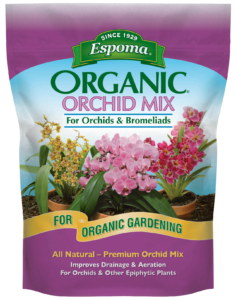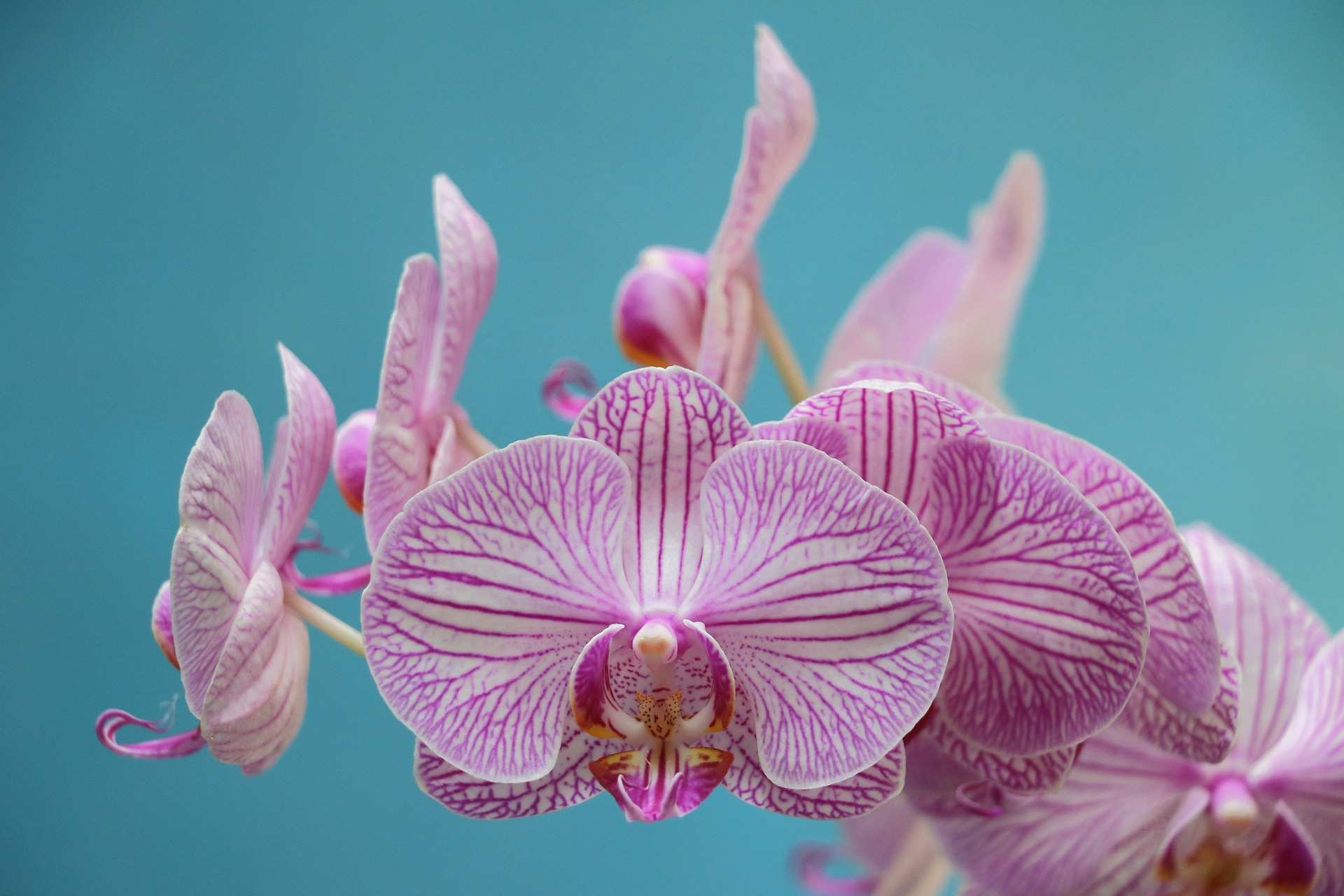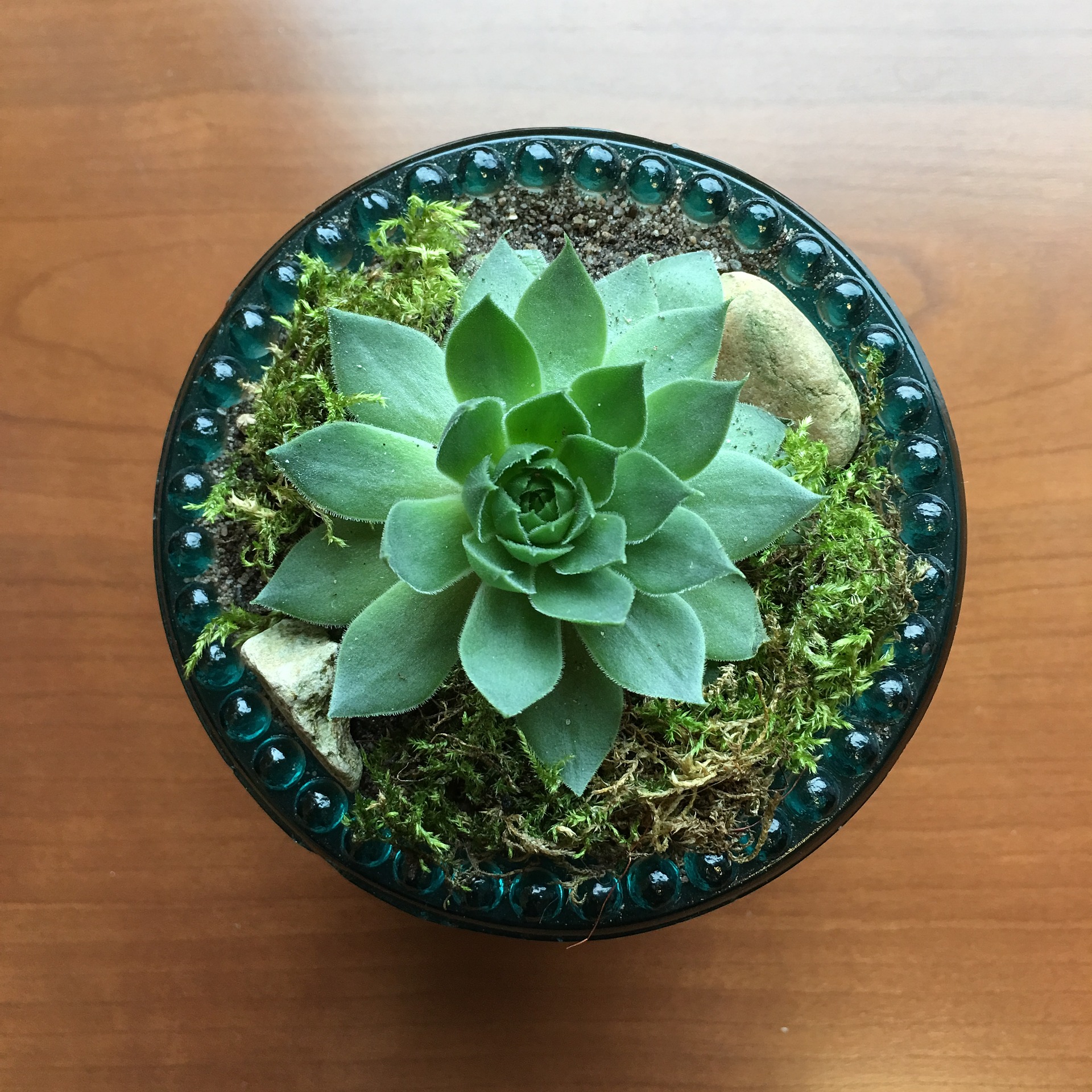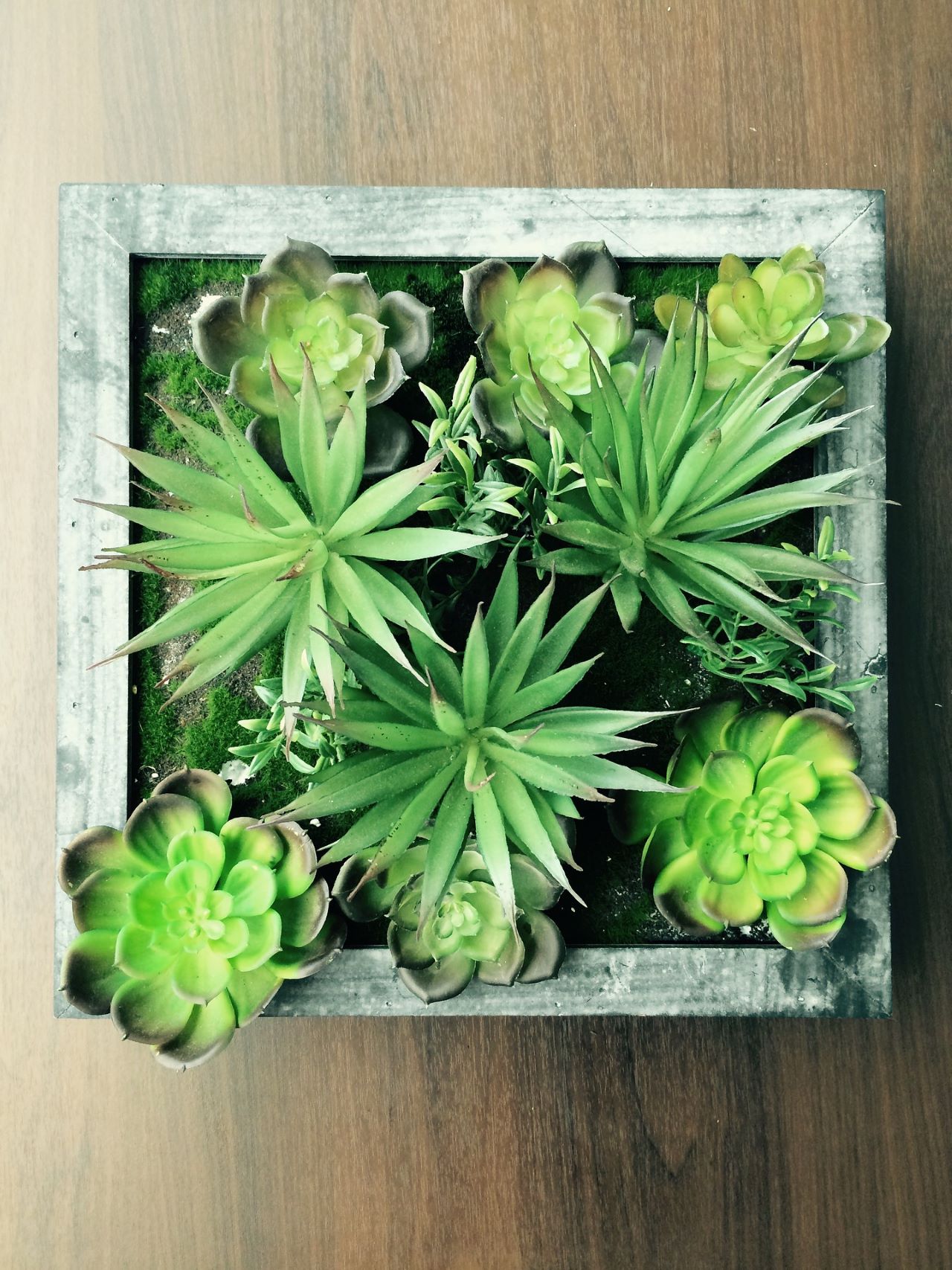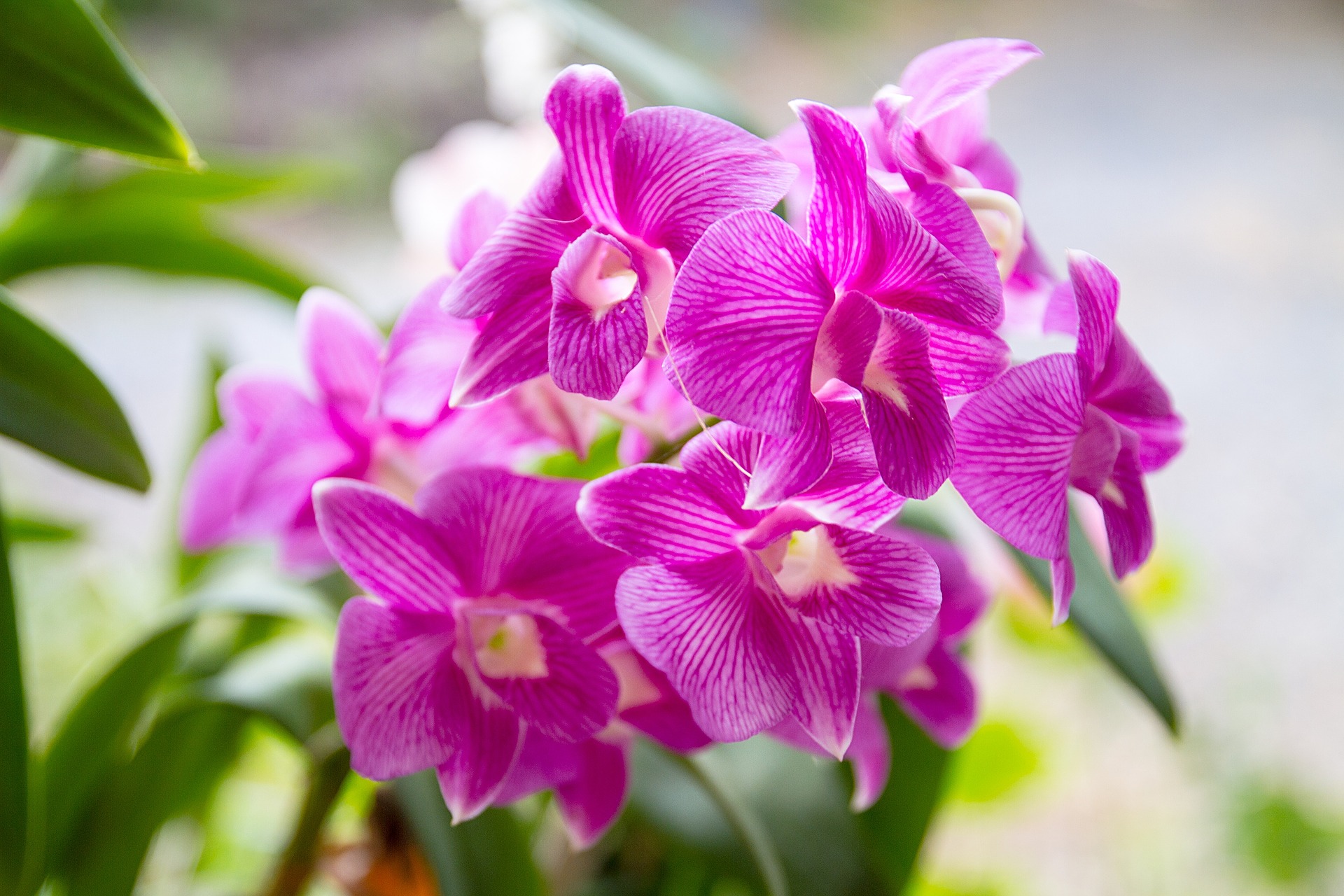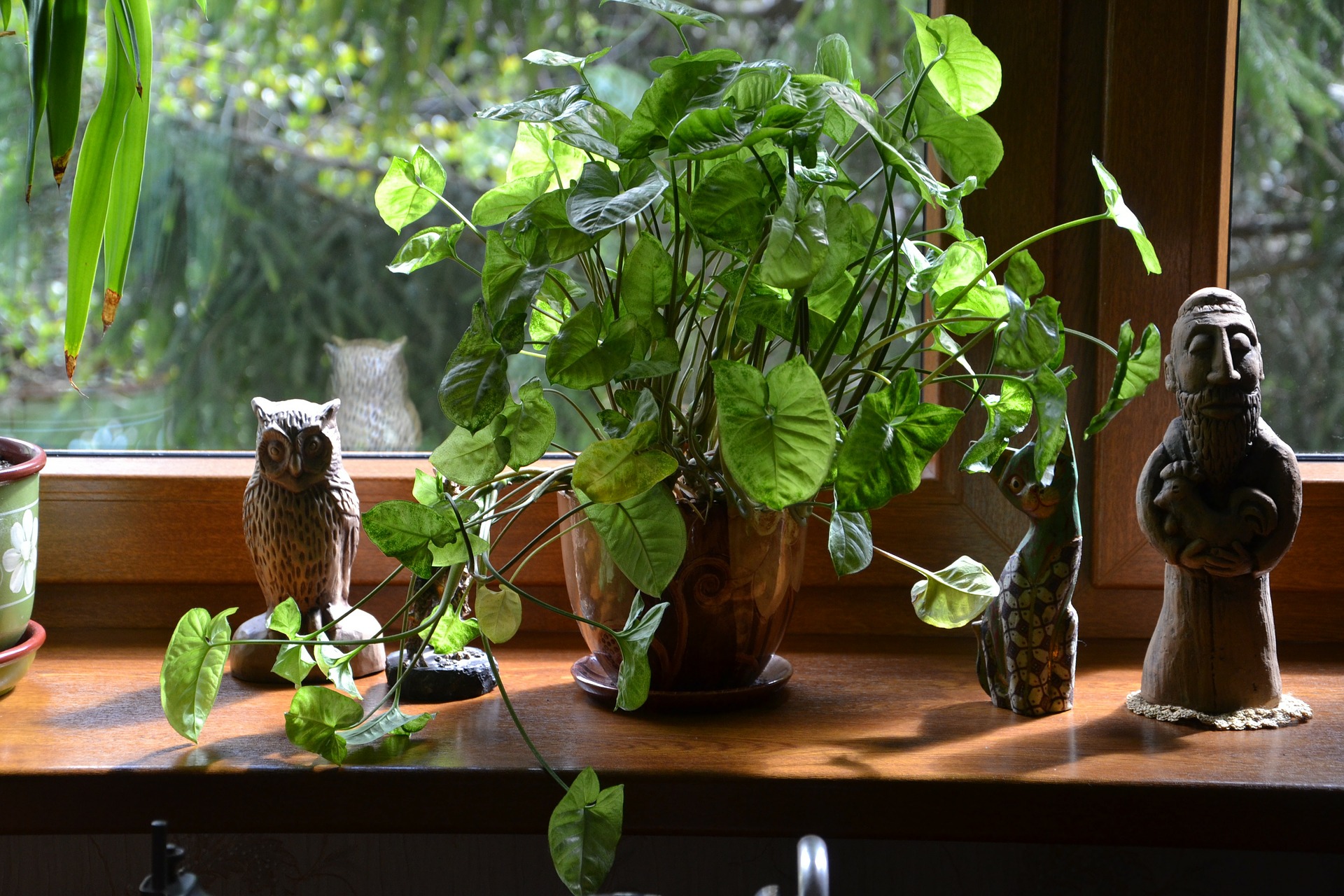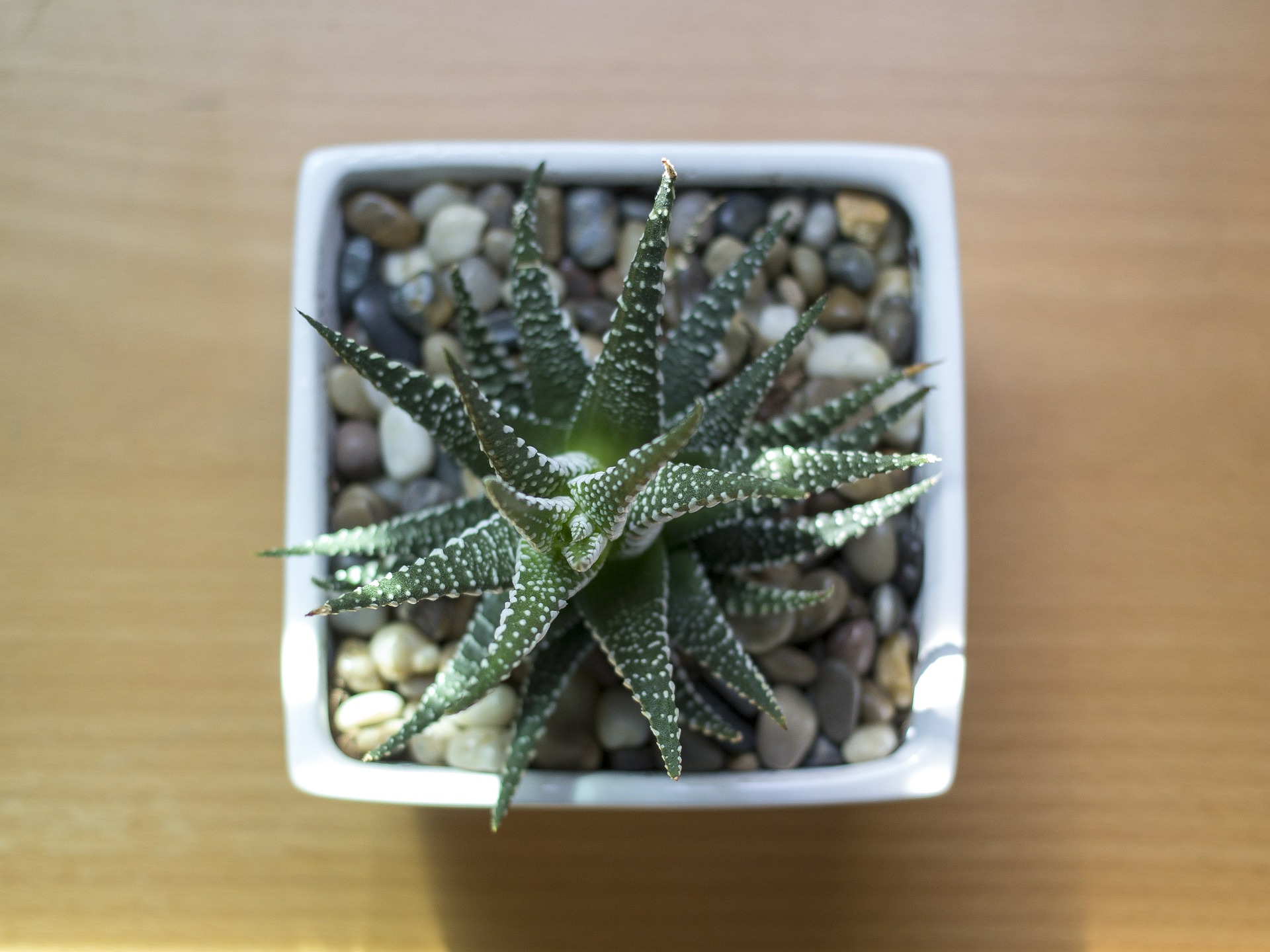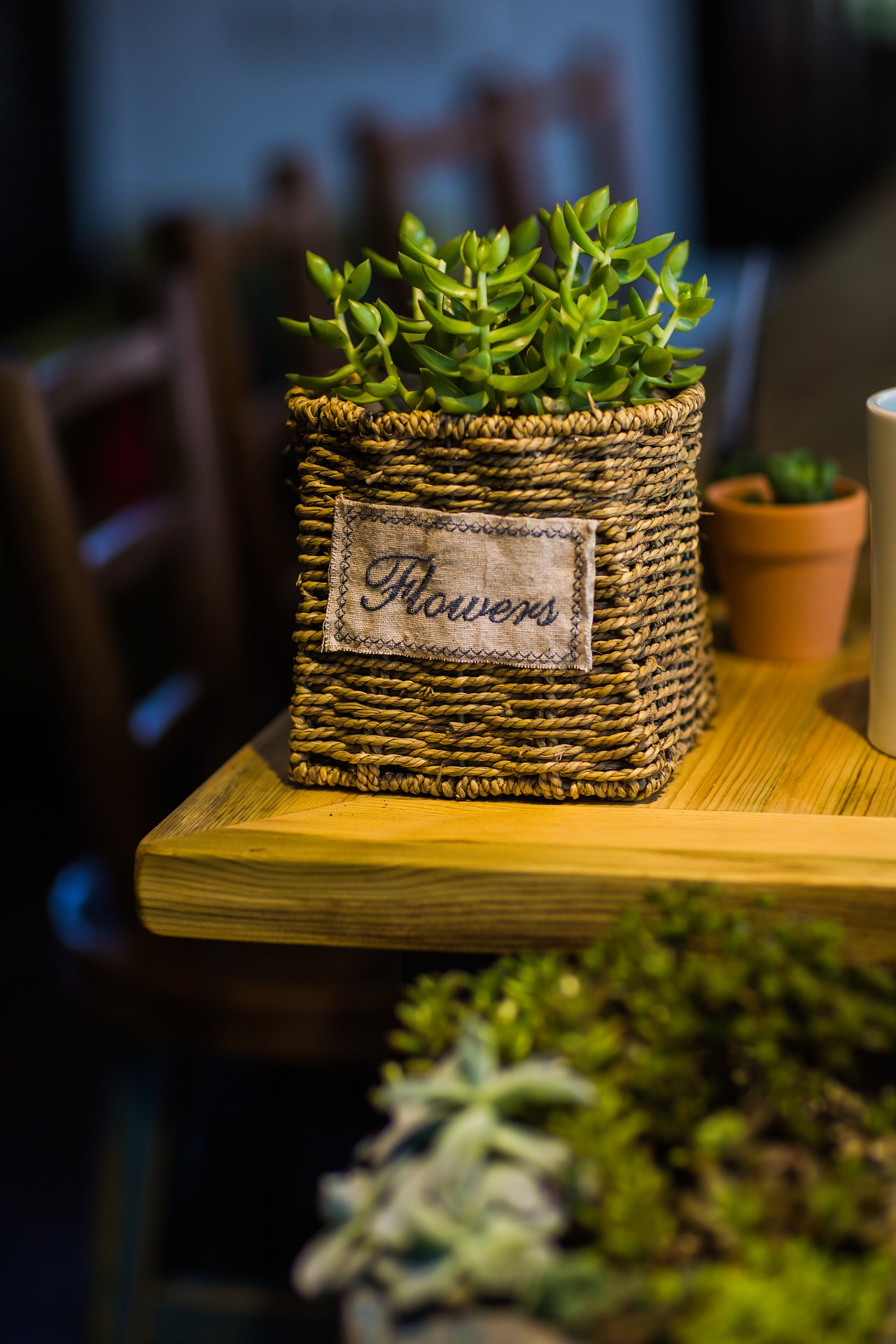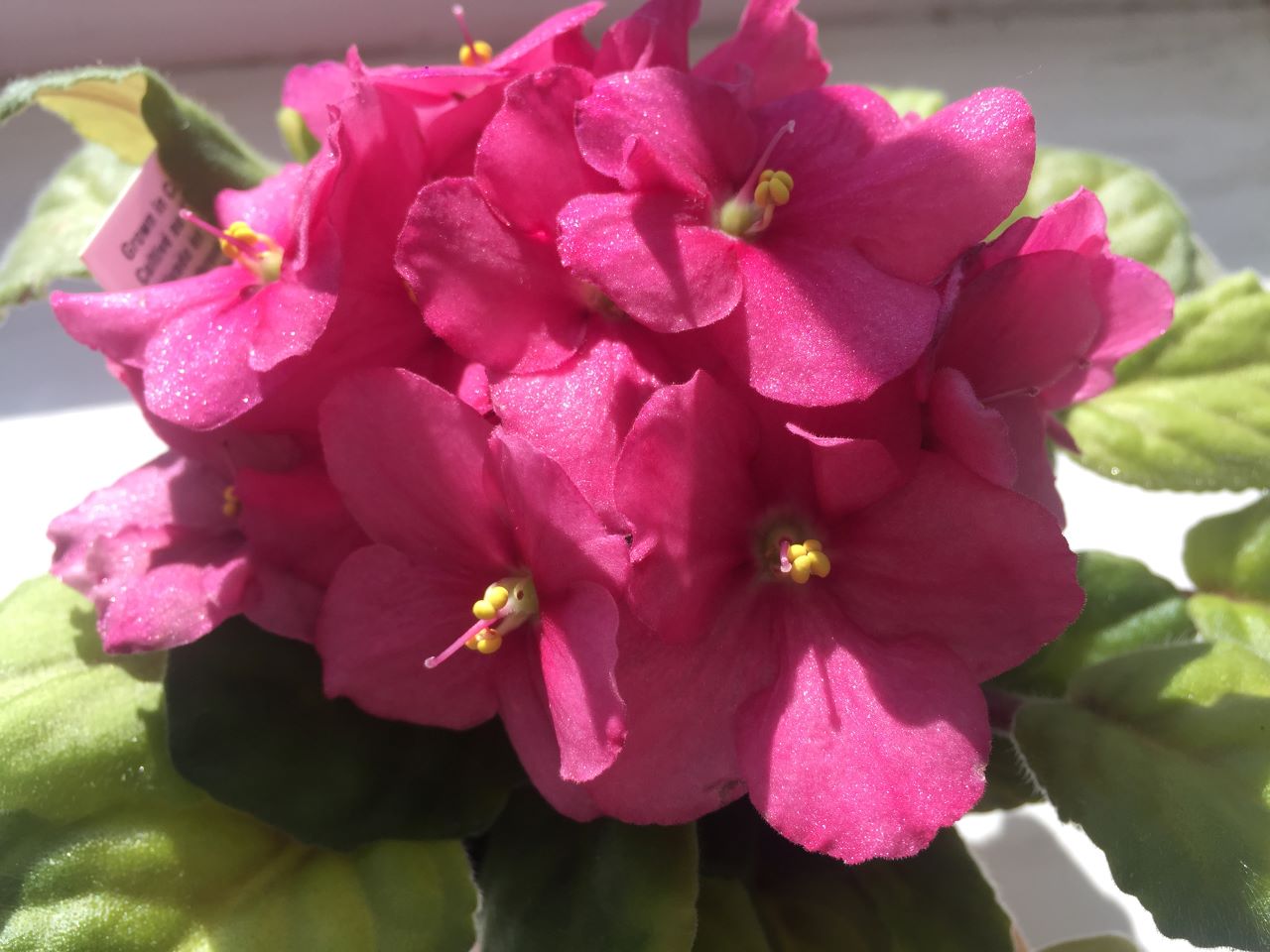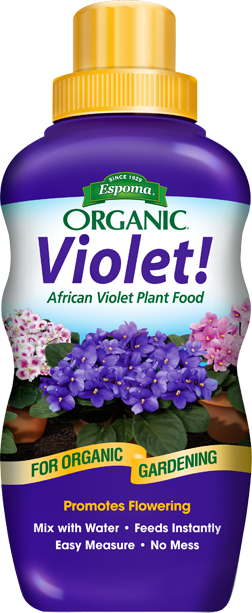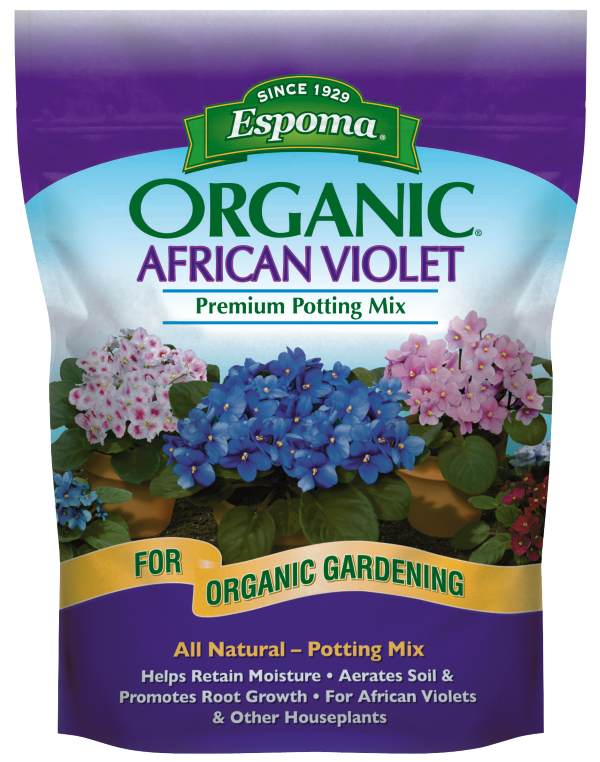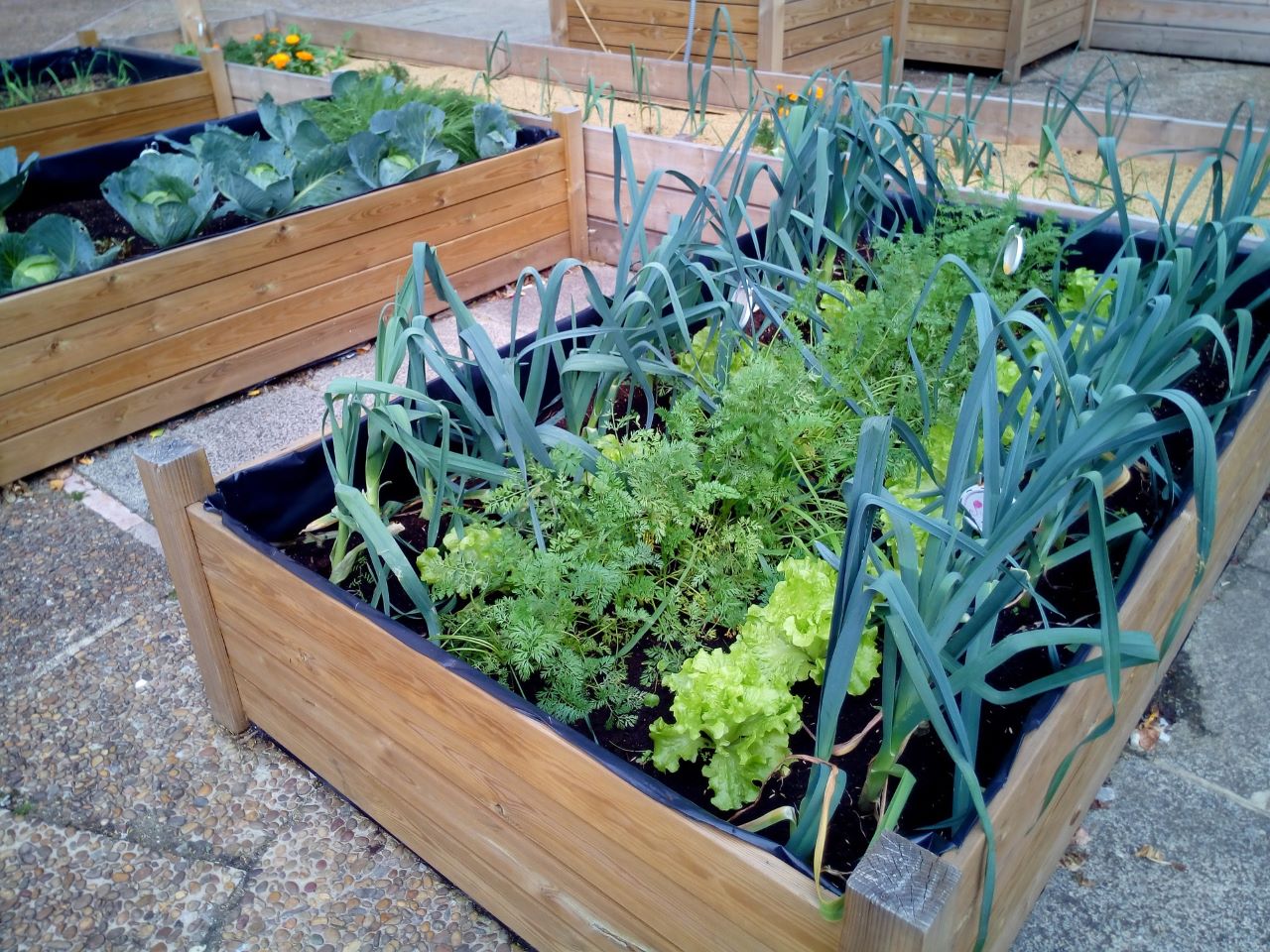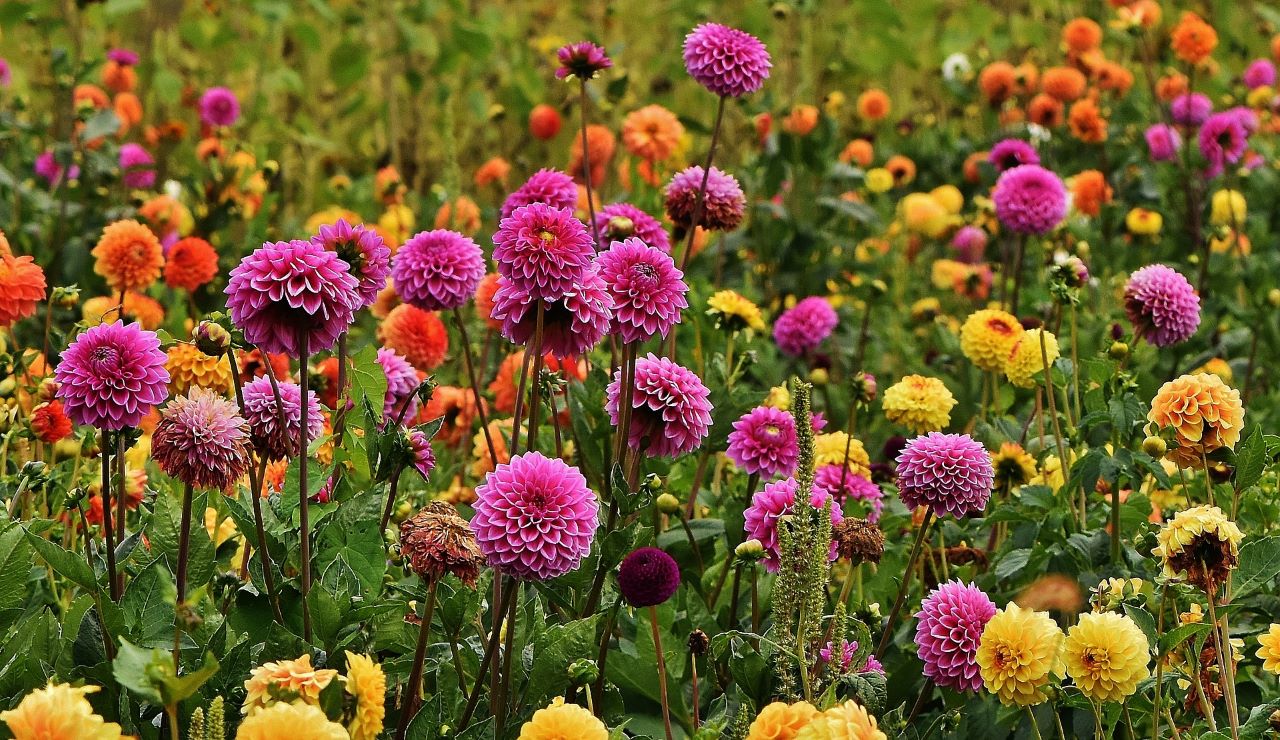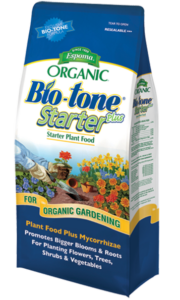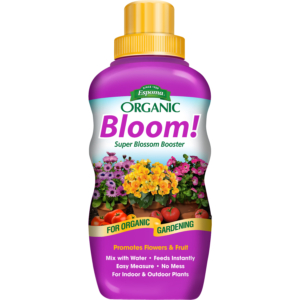How to propagate succulents from individual leaf cuttings
Why have just one succulent when you can have many? Luckily, it’s easy to grow an entire garden of these hardy plants when you propagate them from leaf cuttings.
All you need are a few simple materials and a single succulent. Get started now!
Propagate Succulents in 7 Steps
- Select healthy leaves. Pick a leaf from your succulent that has no rips or blemishes and looks healthy. It’s best to choose larger, mature leaves rather than under-developed ones.
- Make the cut. Remove the leaf using a razor blade or craft knife. Sterilize the blade beforehand with rubbing alcohol to prevent the spread of any disease that could harm the plant. You can also use “volunteers” from plants that occasionally drop their leaves like Jade does. The entire succulent leaf must be cleanly broken off the plant or it won’t root. If the part that was attached to the stem is broken off, discard the leaf and try again.
- Let leaves dry. Allow leaves to dry on a baking sheet for 1-3 days after removal, until the raw ends have calloused.
- Get ready to grow. Place dried leaves on top of a container filled with Espoma’s Organic Cactus mix. Do not bury in the soil. Place the container in a spot where it will be protected from full sun exposure.
- Keep soil moist, without being watered too much. Water leaves when the soil is dry to the touch.
- Wait. In about a month or so new roots will appear and the parent leaf will wither. Remove the parent leaf carefully, avoiding damage to the new roots.
- Replant. Once your propagated succulents have taken root, they can be replanted. Show them off in a repurposed planter. Feed regularly with our Cactus! Succulent Plant Food for best results.
And just like that you’ll have plenty of succulents. Grow enough to decorate your home and garden and give a few away as gifts.
The growing doesn’t stop here! Learn how to care for succulents here.


